
Many aspiring street photographers often wonder— what is the best lens for street photography?
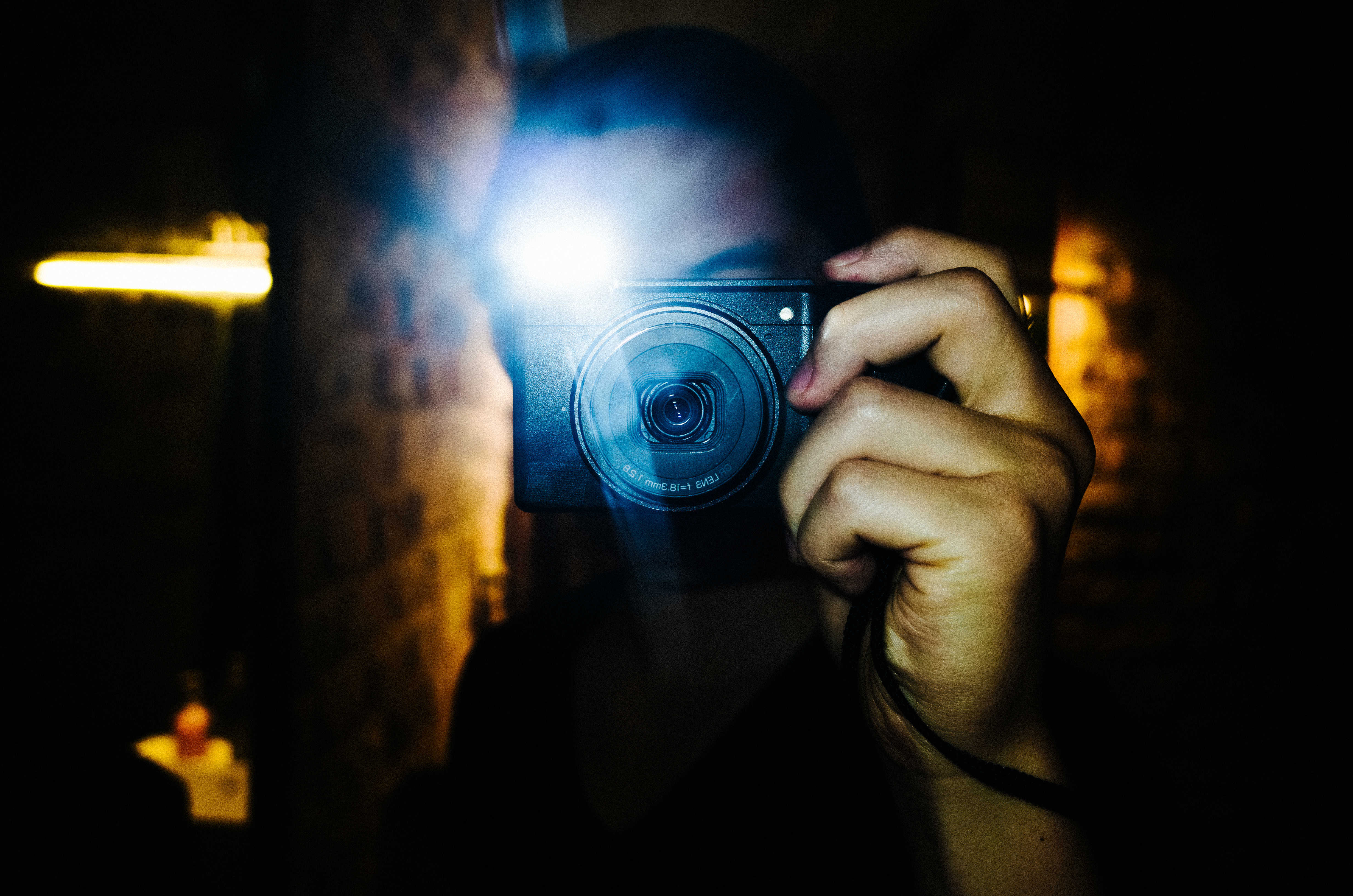

Many aspiring street photographers often wonder— what is the best lens for street photography?
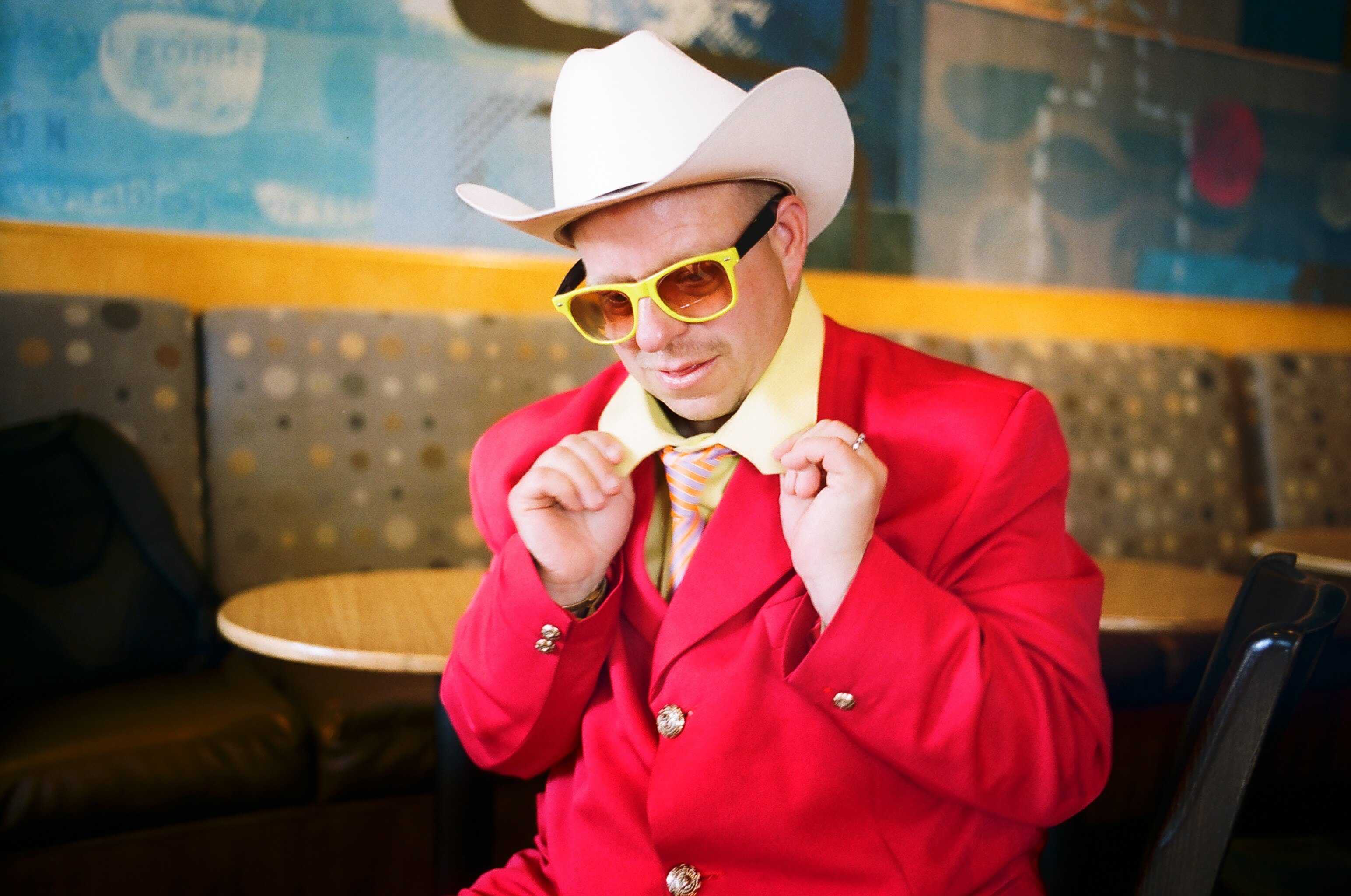

I feel that shooting color street photography is more difficult than shooting in black-and-white.
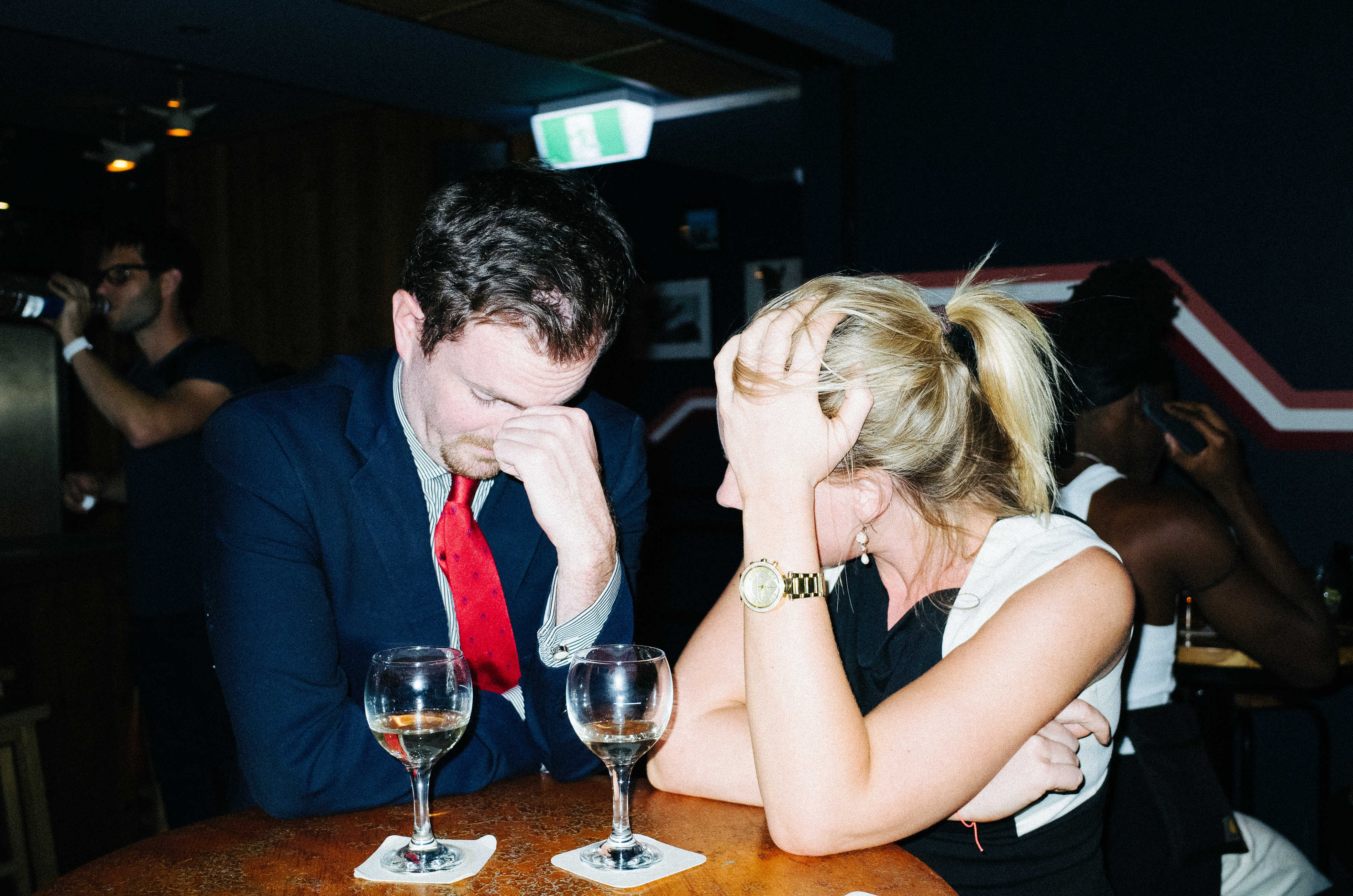

Why is it that we think that buying a new camera will help us become more creative with our photography?


Back by popular demand, the Henri Wrist Strap in back in stock, in a limited edition of 100:
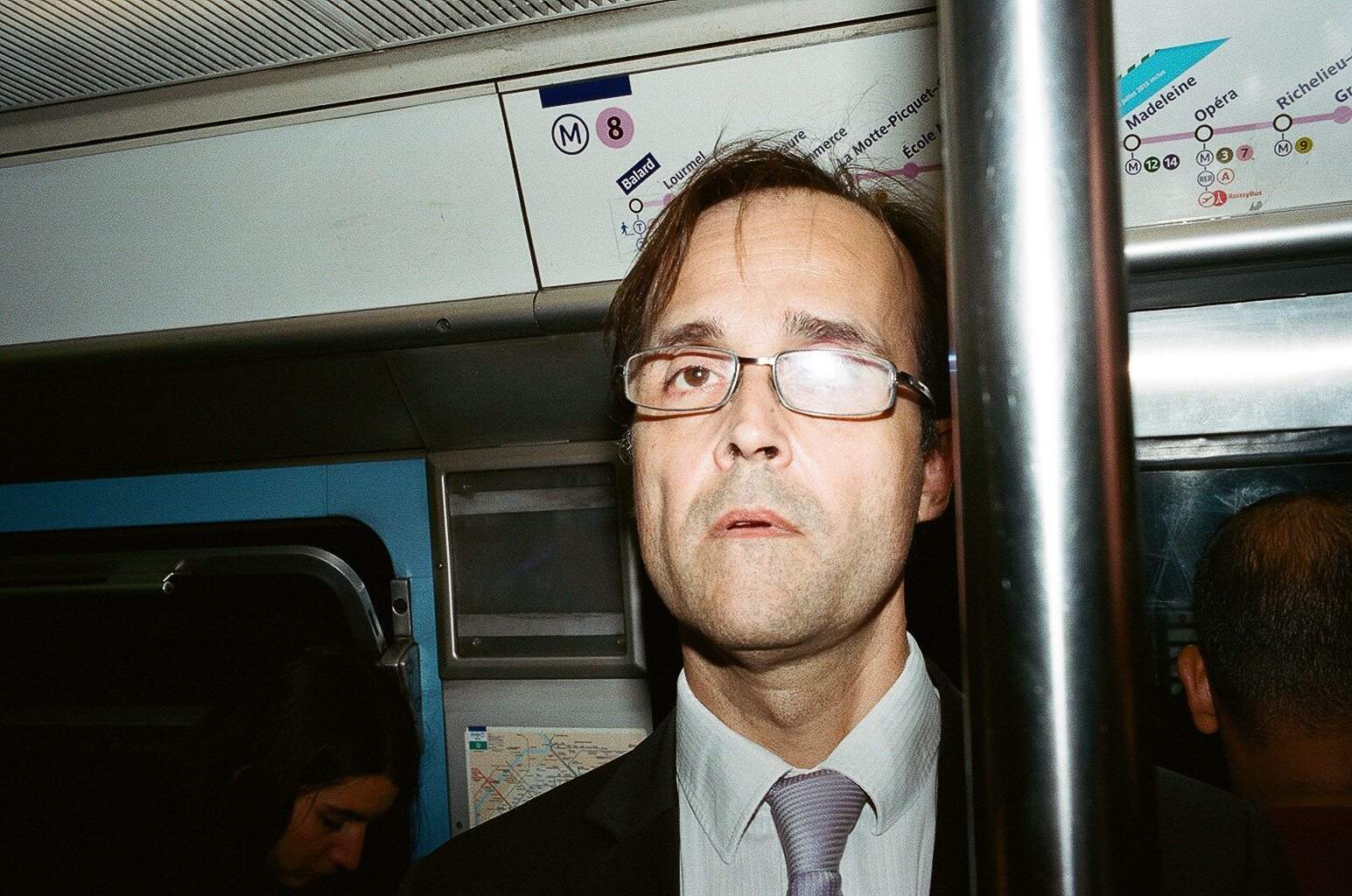

Dear friend,
One question I think is always good to meditate upon is this: “What do my photos say about me?â€


Guest post today is by California based photographer and lover of Philosophy, Micahel Dees.
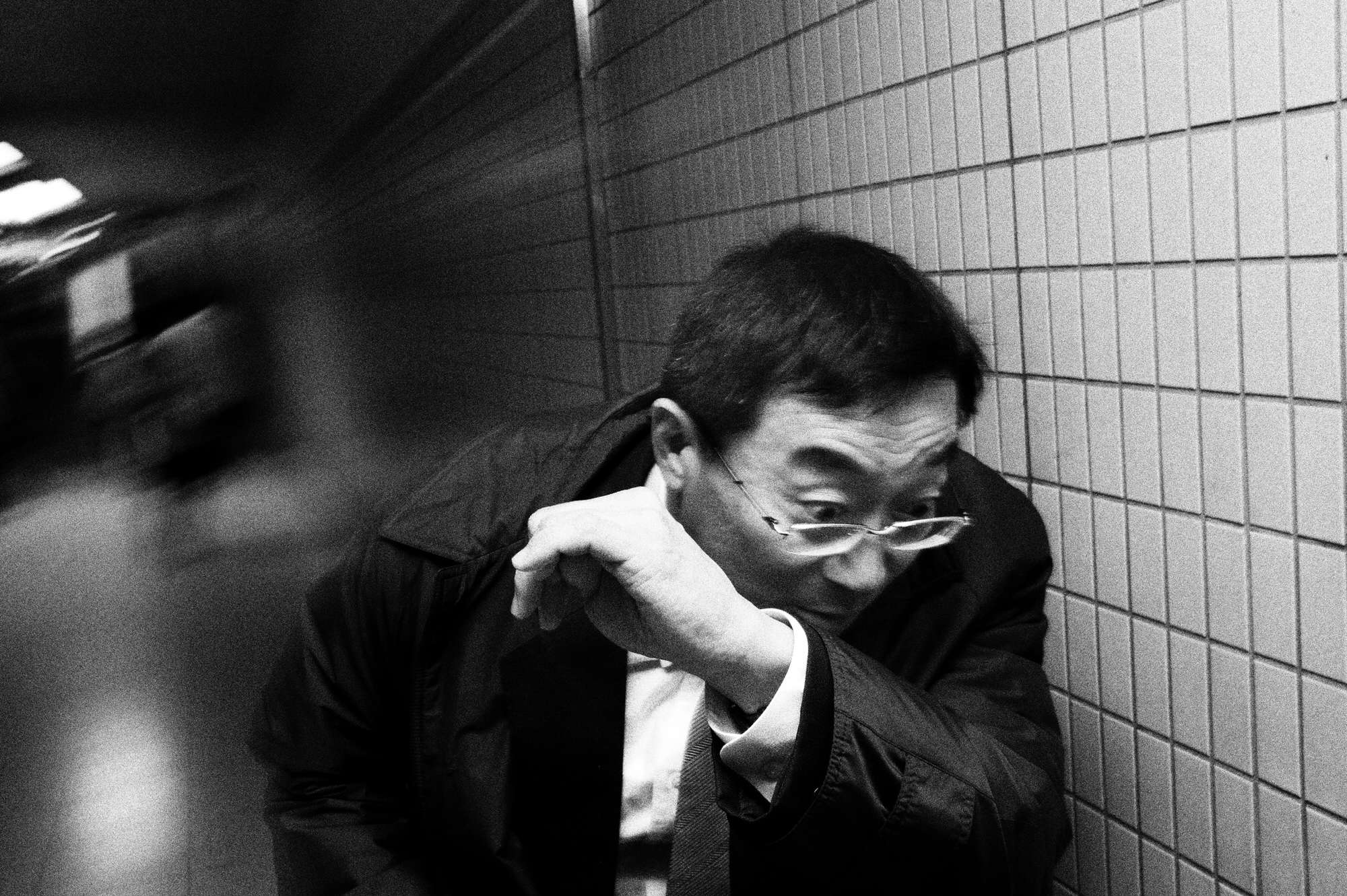

Dear friend,
I think one of the biggest obstacles we have in street photography is hesitation.
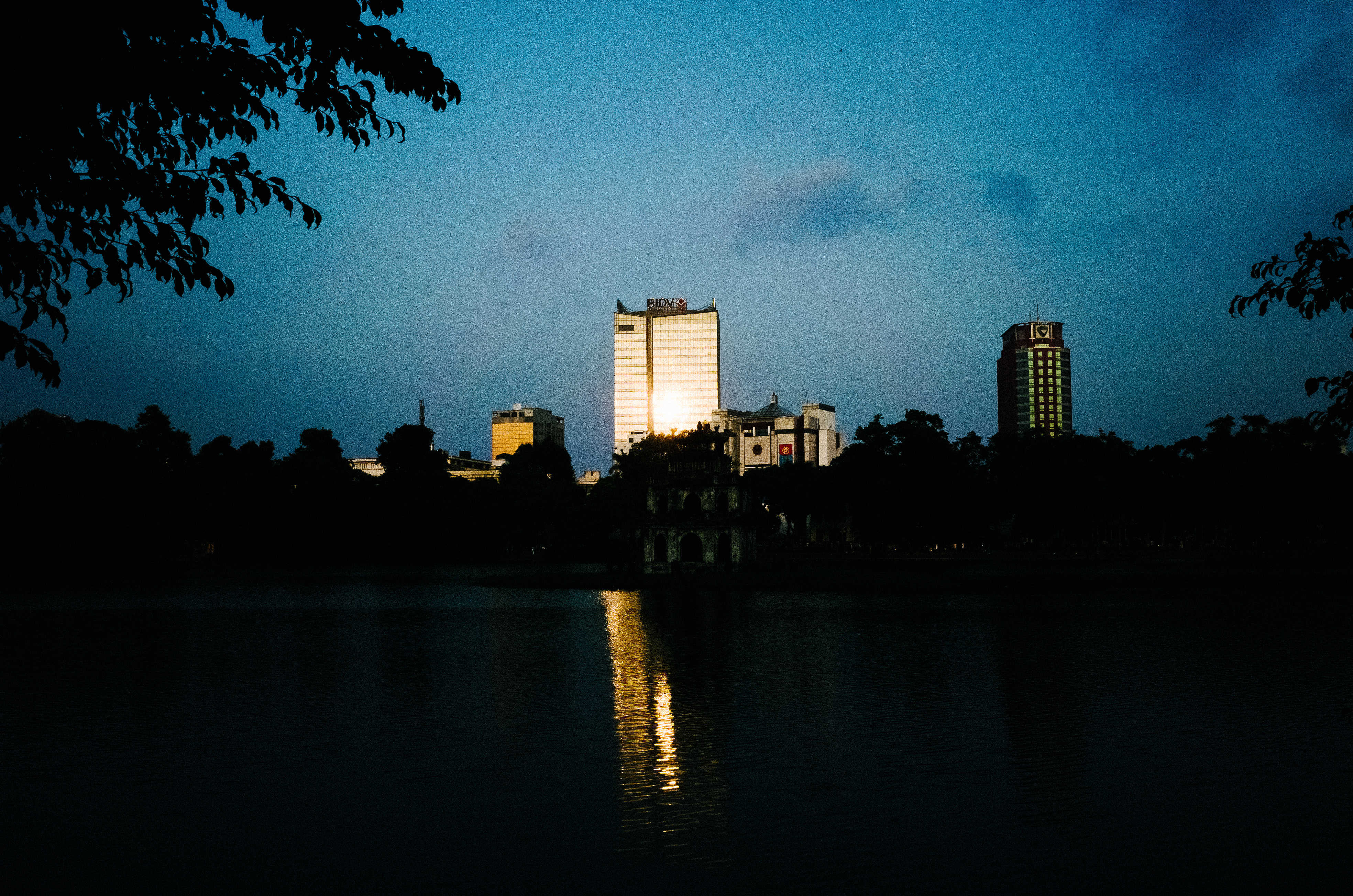

Dear friend,
After 2 weeks abroad in Australia (Melbourne and Sydney) I am now happily back in Hanoi.


The individual who has influenced most of my creative thinking is Steve Jobs.
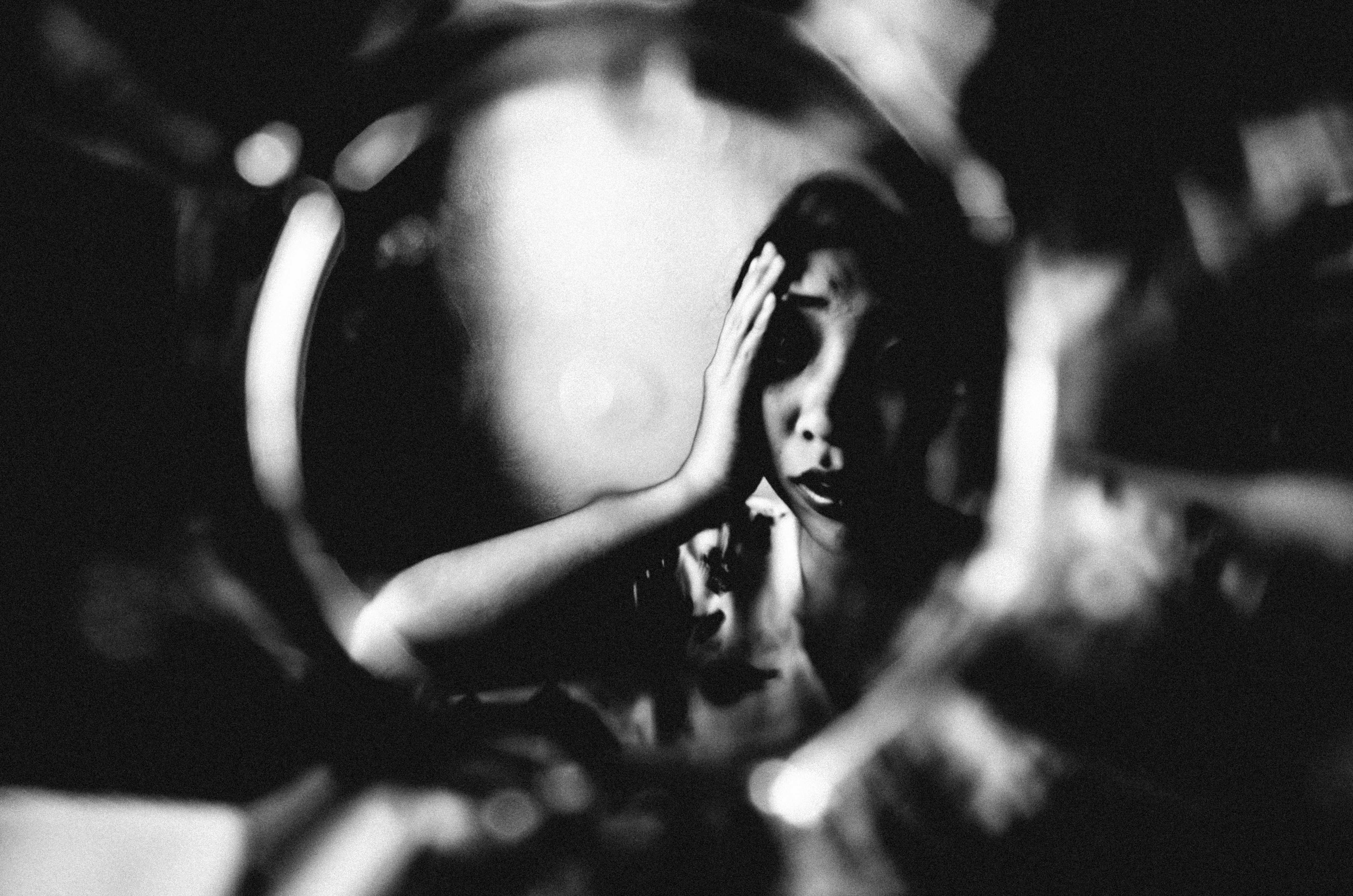

I’ve shot with tons of different cameras over the years— Leica’s, Fujis, Micro 4/3rd cameras, Ricohs, Smartphones, Canons, DSLR’s, etc. I’ve found that for me, I most prefer cameras with non-interchangeable lenses (lenses that you can’t change).

One of the best documentaries I have ever watched is “Jiro Dreams of Sushi.†If you haven’t watched it yet— you are missing out on a visual masterpiece which will change how you think of life, work, and dedication to a craft:

Dear friend,
I just had a lively conversation with Cindy about the meaning of traveling and photography. Why do we have to make photos while we’re traveling? Do we do it to document our personal experiences? Do we do it to have a sense of “conquest†of a foreign place? Do we do it to “prove†that we went somewhere?
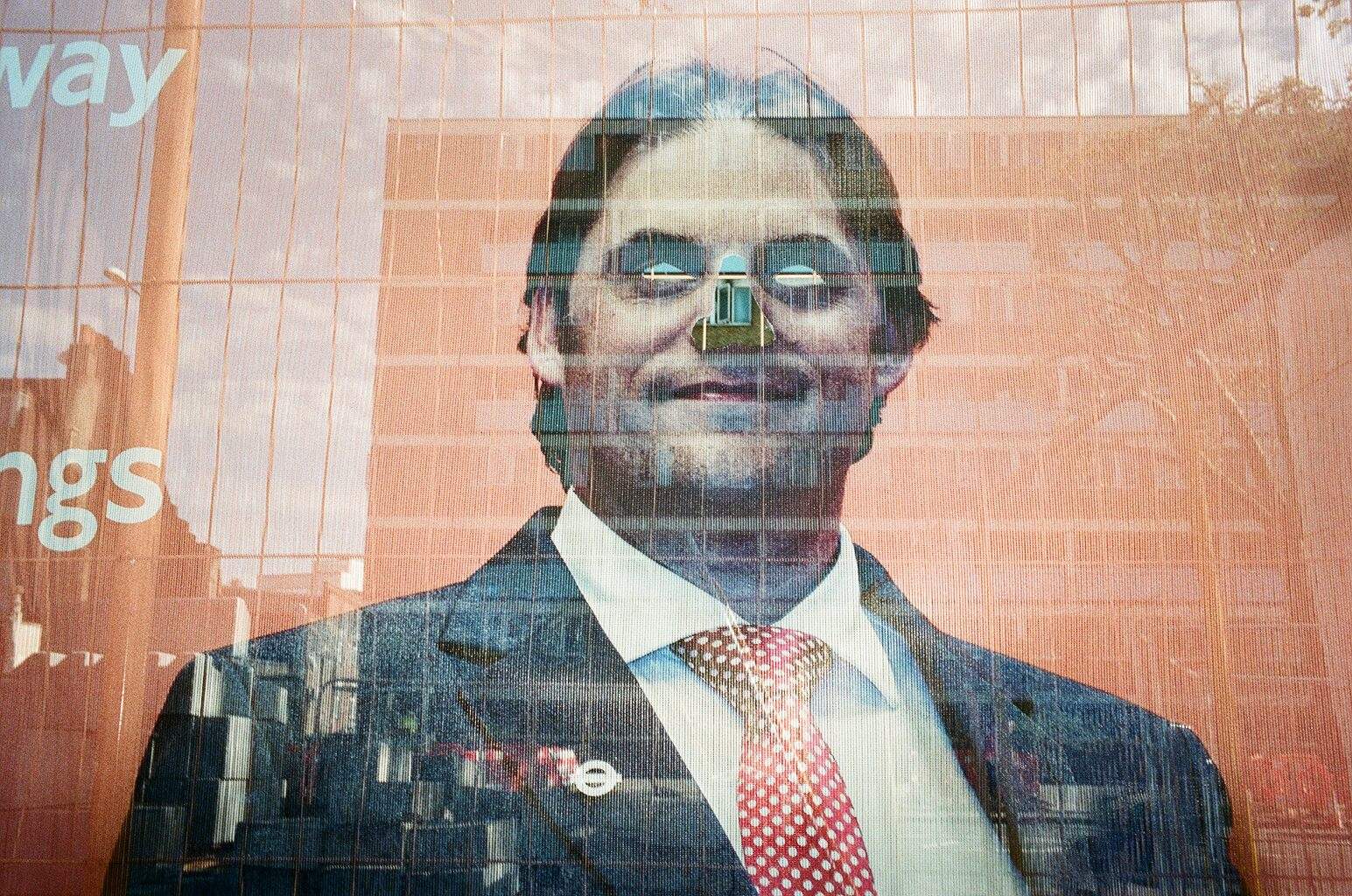

I grew up pretty poor. I had a father who was a chronic gambler, a mom (who was pretty much a single mom) who worked menial jobs. I grew up not knowing whether my mom would be able to pay the rent at the end of the month, and if we’d be homeless.
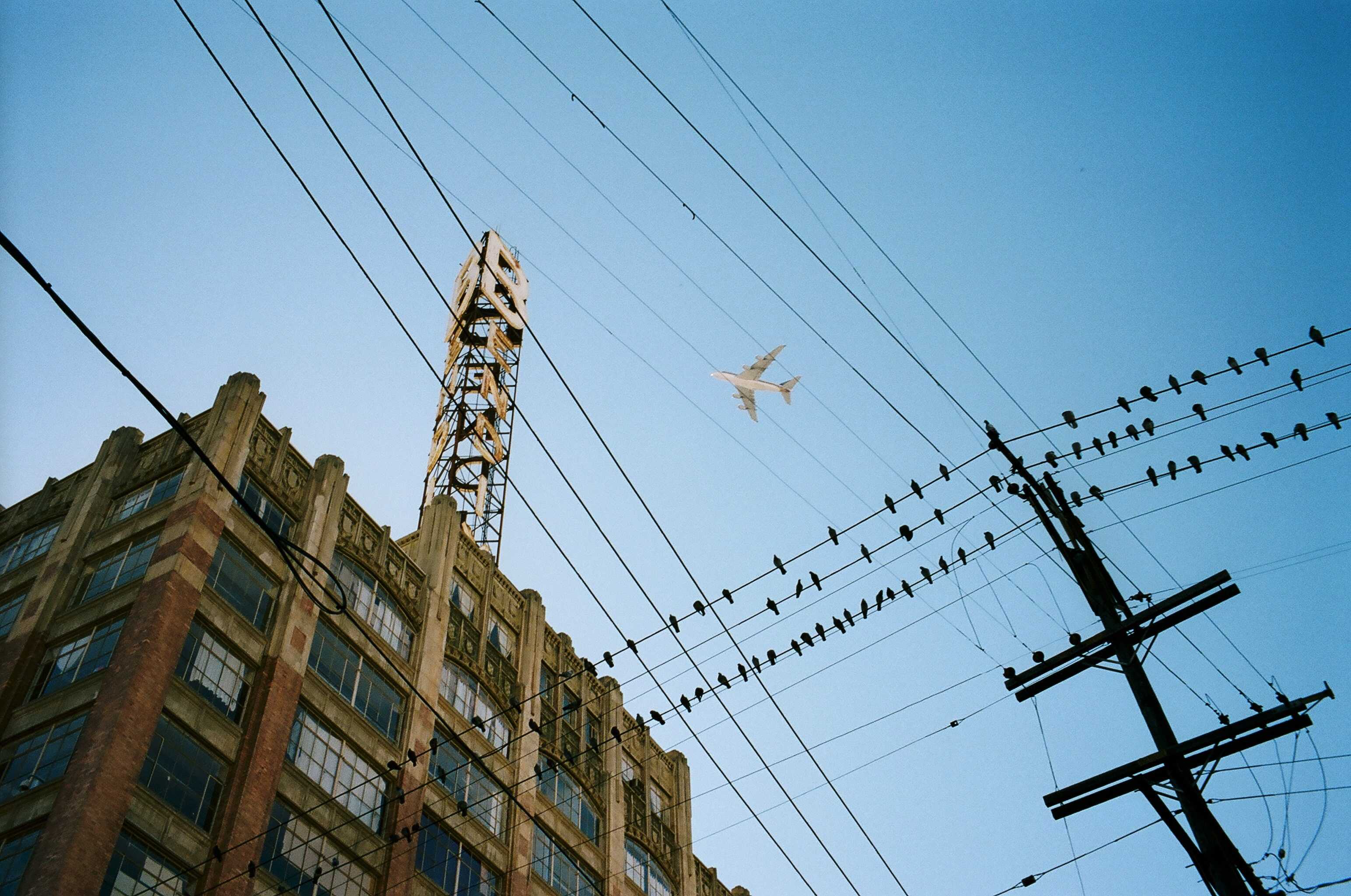

Dear friend,
I love traveling. Traveling has helped me open my eyes and my perspective to the world. Traveling has helped me make tons of new friends all around the globe, better understand other cultures, and to also give me a chance to reflect on my personal values. If I started traveling all over again, these are the tips I would give myself.
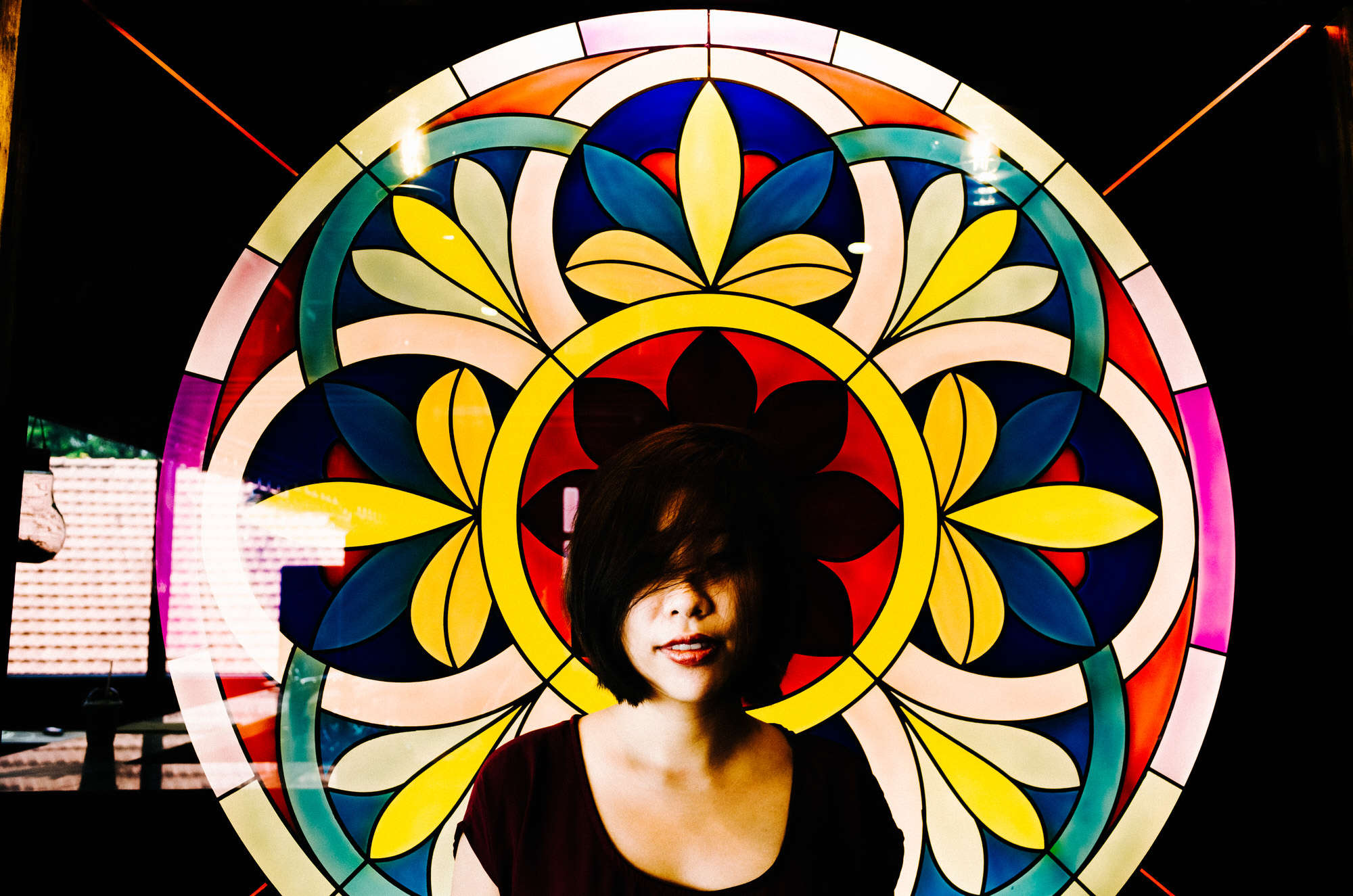

Dear friend,
For the longest time — I’ve tried to find “happiness†in my life. And I think I’ve found it.


Ansel Adams is one of the titans of photographic history. When I started as a photographer, I was primarily interested in landscape photography. I studied and consumed the work of Adams.
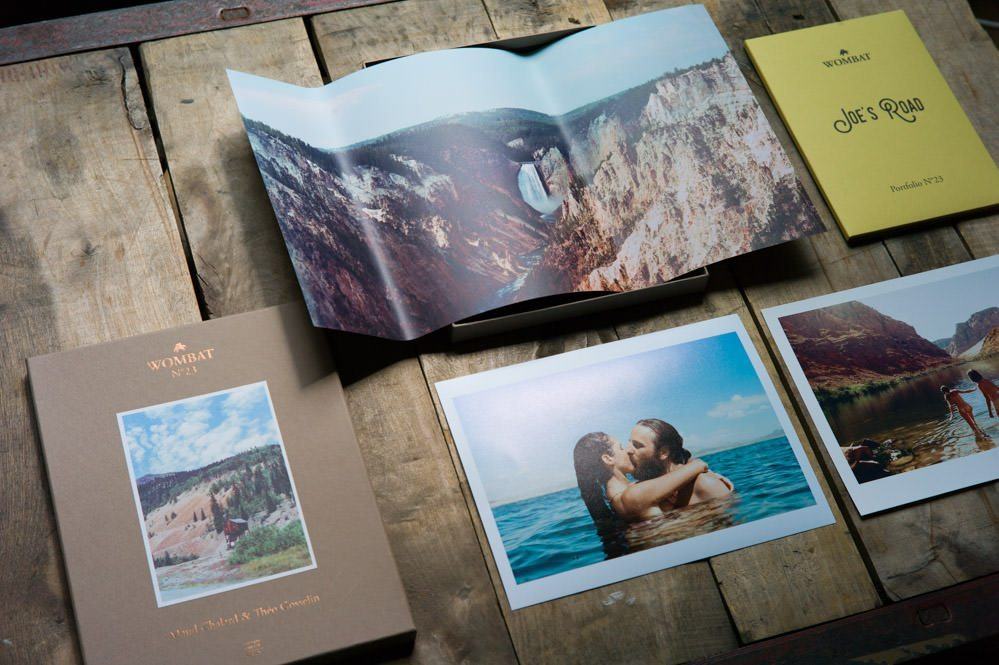

Editor’s Note: We’ve seen exhibits, slideshows, and photobooks but Laurent came up with something new with Wombat: “Photoboxes”. Today Eric chats with Laurent about Wombat, his work ethic, and working with Magnum. At the end of the post, Laurent also gives a promo code for Wombat.

Pablo Picasso was one of the most prolific, creative, and inspirational artists who has ever lived. Here is a man who created his own destiny — who constantly re-invented himself (regardless of what his critics said), was always creating art, and had fun (like a child).

Dear friend,
I’m currently at the boarding gate from Sydney>Ho Chi Minh>Hanoi, and I have a few minutes to reflect on my experiences in Sydney, Australia.
Today I hang out with my buddy Hugo Sharp, and get a large-format portrait shot of me. Also joining us is my buddy Greg Marsden. We shoot the portrait in the spirit of Richard Avedon (simple white background) and the whole process was quite amazing. Slow, meditative, and insightful. Really makes you appreciate the large-format shooting process more.
If you want to learn more about shooting film, check out my guide: Film Photography 101>

I’m currently reading “The Essential Drucker†by the management educator Peter Drucker. His insights into companies, communities, society have been quite inspirational to me.
The most interesting interesting concept that I got from Drucker was the idea of creating a “parallel career†— a career that goes in tandem with whatever you’re doing right now. This way you can “cross-pollinate†the two interests or passions you have, which also help build upon one another. And you can do this by creating “parallel interestsâ€.

In the ancient days of Socrates, there was a concept of a “daemon†— a little inner-guide which gave you wisdom. That voice is also known nowadays as our conscience or our “gut.â€
The problem in today’s society is that we don’t listen to our inner-voice anymore. We listen to “rationalityâ€, and the opinions of others.

When we are children, everyday is a new adventure. Everyday is a chance to learn something new, to explore, meet new people, learn new words, new phrases, and to pick up new social cues. We are bewildered by reality.
However as we get older, we become jaded with reality. We feel trapped in these shitty 9-5 jobs, and feel the inner-child die.
I love gear as much as the next guy. I always get suckered into thinking that if I buy a new camera, a new lens, or some new gadget– I will somehow be more creative, and inspired.
In reality, it never happens. All of my big breakthroughs in photography have been practicing (shooting a lot) and studying the master photographers. Especially buying photography books (lots of them). You are what you eat, if you look at lots of inspirational photography books, you will become inspired to make great images. I’ve regretted buying a ton of gear in the past, but have never regretted investing in photography books.
To learn more, read my original post: “Buy Books, Not Gear” and also see a list of my recommended photography books: 75+ Inspirational Photography Books You Gotta Own.
Also as an added bonus, here are some non-photography books which have influenced my life deeply:

I’m currently staying with Cindy’s family in the suburbs, in Garden Grove, Orange County, California. There are no sidewalks here. There is nowhere to shoot “street photography†in the traditional sense. The entire place is full of strip malls, cars, and starbucks.

A friend recently asked me, “Eric — why do you give away your photos and stuff for free? Aren’t you worried that people are just going to copy this stuff, and claim it as their own? You also realize that you can make a ton of money off this stuff, and monetize it more.â€

Dear friend,
I’ve been blogging since I was 16 years old, which is 12+ years now (from age 16 to age 28). I’ve been blogging about photography for 7+ years (2009–2016). If I started blogging all over again, this is the advice I would give myself:

Dear friend,
This guide is intended for you if you currently own a smartphone (iPhone, Android, etc) and want to learn how to take better photos.

Dear friend,
I wanted to write you a little diary entry from Melbourne. I just got here a few days ago, and have been suffering massive headaches (severe caffeine withdrawals from Vietnam) and mild food-poisoning (think I ate some bad eggs on the flight over). Yet it has been some of the best few days ever.

My primary passion is “street photography†— yet I find my biggest inspiration for my work comes from photographers who aren’t “street photographers.â€
Enter Guy Bourdin: a fashion photographer who revolutionized the field (alongside Helmut Newton). Bourdin was one of the first photographers to mix fashion, fine art, and commercial photography. His photos are full of suspense, mystery, tinged with sex, drama, and death.

After lovely espressos, my homies Nick and Frankie from Slater St. Bench, helped me have an incredible workshop this past weekend in Melbourne. The students practiced the “5 yes, 5 no” assignment, practiced “working the scene”, getting closer, and also shooting more candids. See all of their best photos by reading more below.
Also, I have 1 spot left in my upcoming Sydney Conquer Your Fears Workshop (Oct 8-9th) and you don’t want to miss out on my epic week-long Hanoi to Sapa Travel Street Photography Experience (Feb 8-13th, 2017).

Dear friend,
I wanted to write you this book on how to take better photos. I know you started off with your iPhone, and started to show keen interest on making better images. I taught you the “rule of thirds†and other basics; but now it is time for you to take your photography to the next level.
So consider this a handbook or a manual of sorts; for you only. I am also writing this book in hope that other people (similar to you, still relatively new in photography and wanting to learn more) will find it helpful as well.
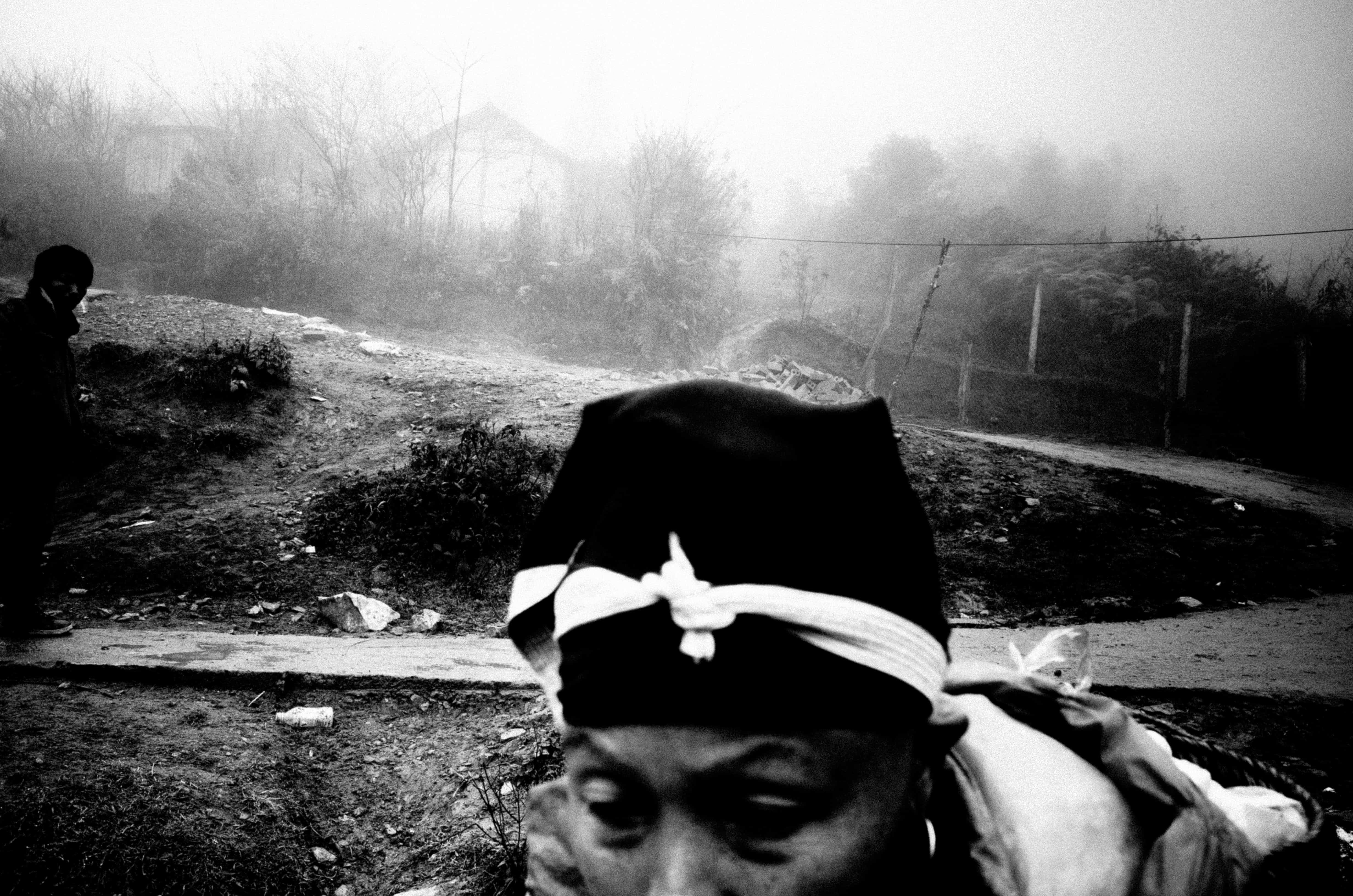

Recently I’ve been trying to add more complexity to my work— to shoot more layers. Shooting in layers is more challenging than single-subjects, and requires more visual gymnastics, and luck.
Below is a brief guide on how to shoot layers in street photography — and why you might want to try it out:

I remember the first time I came across the work of Helmut Newton. I was in Paris, randomly walking around, when I saw posters for these huge nude photographs. I went to the exhibition, and was blown away by the powerful images of Helmut Newton. His photos of women showed them as powerful, assertive, sexual, and also dominant. The photos were also printed larger-than life. I remember one of his images printed about 20 feet tall.
Warning: Some photos in this post show nudity and are NSFW (not safe for work):

Dear friend,
I often get the biggest inspiration in my photography and life from non-photographers. Why? I feel that photography is such a tiny field of art, and we can learn so much from outside fields. As photographers, I think we are often constricted. I think to really self-realize your talents, skills, and visions in photography — you should seek outside inspiration.

Dear friend,
Sometimes you might feel guilty photographing your subjects. Sometimes it feels wrong. Sometimes you feel wrong and dirty.
What is the most “ethical” way to shoot street photography?
For a quick summary, I think street photography comes down to the golden rule: don’t photograph others as you don’t want others to photograph you.

Dear friend,
If you’re reading this, you are probably either an aspiring street photographer, or a street photographer with some miles under your belt looking for some inspiration, direction, or motivation.
To the best extent of my abilities, I have outlined my top street photography tips below. This is a culmination of the last 10 years I’ve been shooting street photography in earnest. All of these are just “tips†and “suggestionsâ€â€” none are rules.
So feel free to pick and choose with what resonates with you, and throw away the rest. Read the full post below, or access the free downloads:

The two things which I think make a great photograph: composition and emotion. There are tons of articles and videos online about how to compose and frame a good photograph. But how do we capture emotion and soul in a photograph?

Dear friend,
I’m currently at “VPRESSO†(my favorite coffee shop in Hanoi), and it is storming outside. Seriously raining buckets, with thunder booming in the air.

I recently got my film Leica MP serviced at Steve’s Camera in Culver City, LA (highly recommended). I have also been focusing on shooting digital (on a Ricoh GR II) for the last 2-3 months. Before that, I was focusing primarily on film for the last 2-3 years.

If we never had any regrets in life, I think many of us would be a lot happier. Regret is the demon of the past which holds us back. Regret is fear that debilitates us from future action. Regret is letting the phantoms of past actions continue to haunt us for no good reason.
Do your photos bring you joy? Or do you shoot to impress others? My suggestion: focus on making photos that make you happy (not others).

When we read books, listen to podcasts, or learn about how to improve— feedback is always one of the key elements.
What are the best technical settings for street photography? Should you shoot fully-manual? Should you use “P” (program) mode? Should you zone focus?

I was going to write an article on the benefits of shooting autofocus versus manual focus— but realized that is kind of a waste of time.

Dear friend,
If you’re new to photography, it can be quite daunting. There is so much information on the internet about photography, but a lot of “mis-information†as well. If I started photography all over again, this is the advice I would give myself.
For this episode, Cindy, myself, Chu Việt Hà  and our friend Duc jump on a bus for a day-trip to the province of Tuyên Quang (3 hour bus ride from Hanoi) to shoot the Mid-Autumn festival of Tết Trung Thu.

Dear friend,
I think if you’re like me— you want to be “happy†in life. You want to be happy with your photography, with your friends, relationships, and creative endeavors.
Hey guys, just put together a fun little video with my GoPro on my daily morning routine. Wanted to do for 24 hours, but lost a bit of energy towards the end of the day, haha. Anyways, my morning is pretty much like this everyday (except we’re going to move into our serviced apartment in a month, not going to stay in a hotel unfortunately).
As always, thank you for accompanying us on this wonderful journey in Hanoi — will keep you updated with everything!
You can also see all my other recent videos on my YouTube Channel.
In this video, I hit the streets of Hanoi with Chu Viet Ha, one of my favorite street photographers from Hanoi. I get footage of him shooting, talk to him about his photographic process, and also share some of his best images.
Follow Chu Viet Ha

One of the most Googled search phrases on the internet (regarding photography) is “How to take better photos.†Considering so many people search that phrase, I wanted to share some of my personal thoughts on how to take better photos, and what does it exactly mean to take “better†photos?

Whenever I feel frustrated in life, it is because I have a feeling of inertia. I feel like I’m not developing or growing.
This often happens in my photography. I keep taking the same type of photo over and over, and I become bored. I want to innovate, to create something new. I want to take my work to the next level— but how do I do that?

Dear friends,
If you’re interested in learning how to shoot film, start with this guide:

We all have problems in life. Some of us are overweight, depressed, or tired all the time. Some of us lack creative inspiration, skills, or outlets for our work. Some of us lack motivation, willpower, and strength to take action in our lives.

There is never a perfect time for you to take action. There is never a perfect time for you to workout, to photograph, to spend time with your family, to write a blog post, or to read. I feel once we acknowledge this, we would get a lot more meaningful work done in our lives.

We all impose limits on ourselves. We lack faith in ourselves, or make excuses.
But ask yourself: “Can I go higher? Have I really hit my limits yet? Can I push myself harder?â€
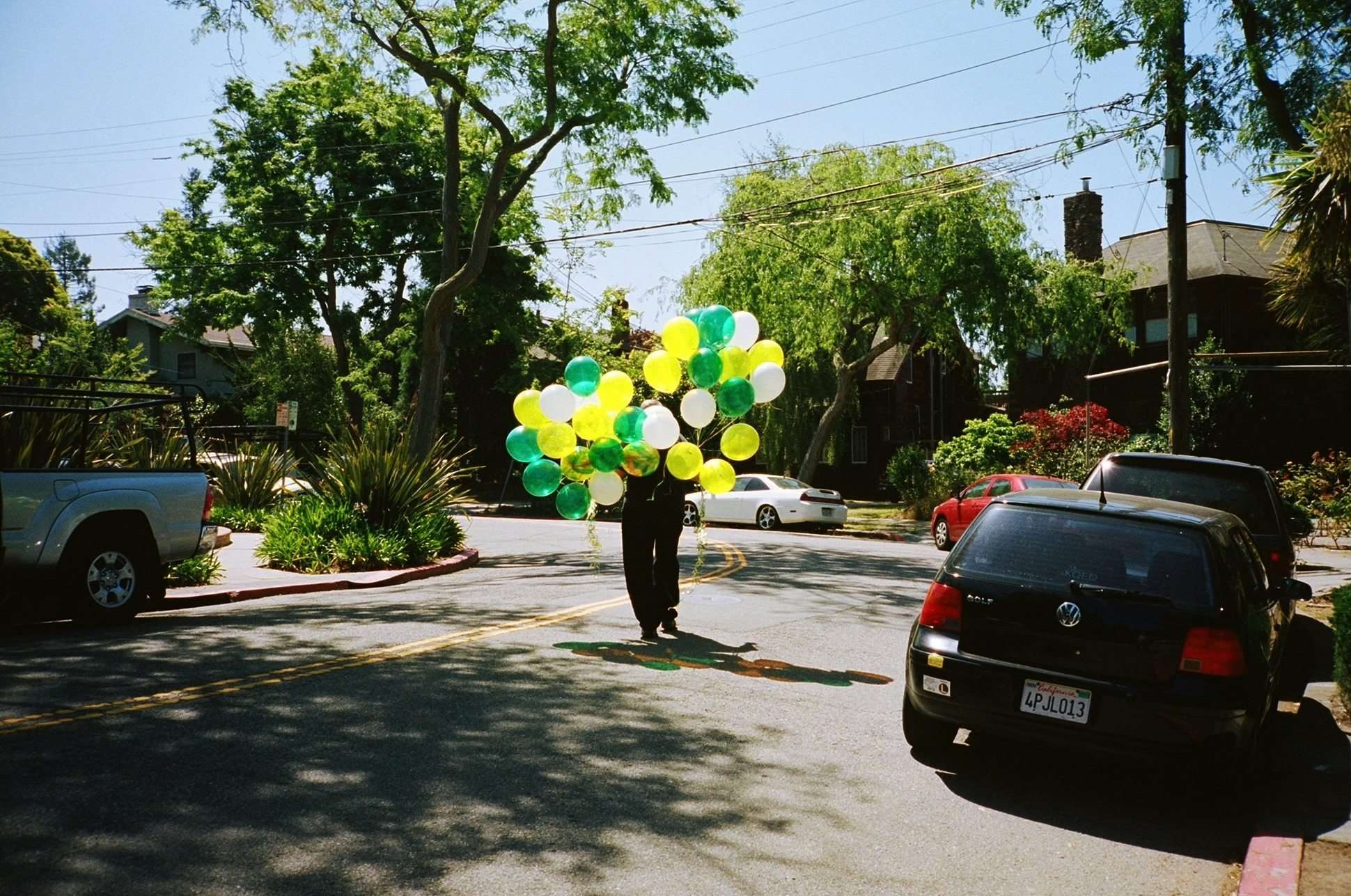

Editor’s note: Last time Stephen was on the blog was over 5 years ago. So it’s nice to welcome him back! This time he shares with us his latest work,a photobook titled Sparks. He also shares with us a very interesting short story at the end. Give it all a read. All photos by Stephen Leslie. Interview by Eric Kim

Dear friend,
I’m currently at the “Kafe Village†and wanted to share some current meditations I’ve been having on life here in Hanoi:
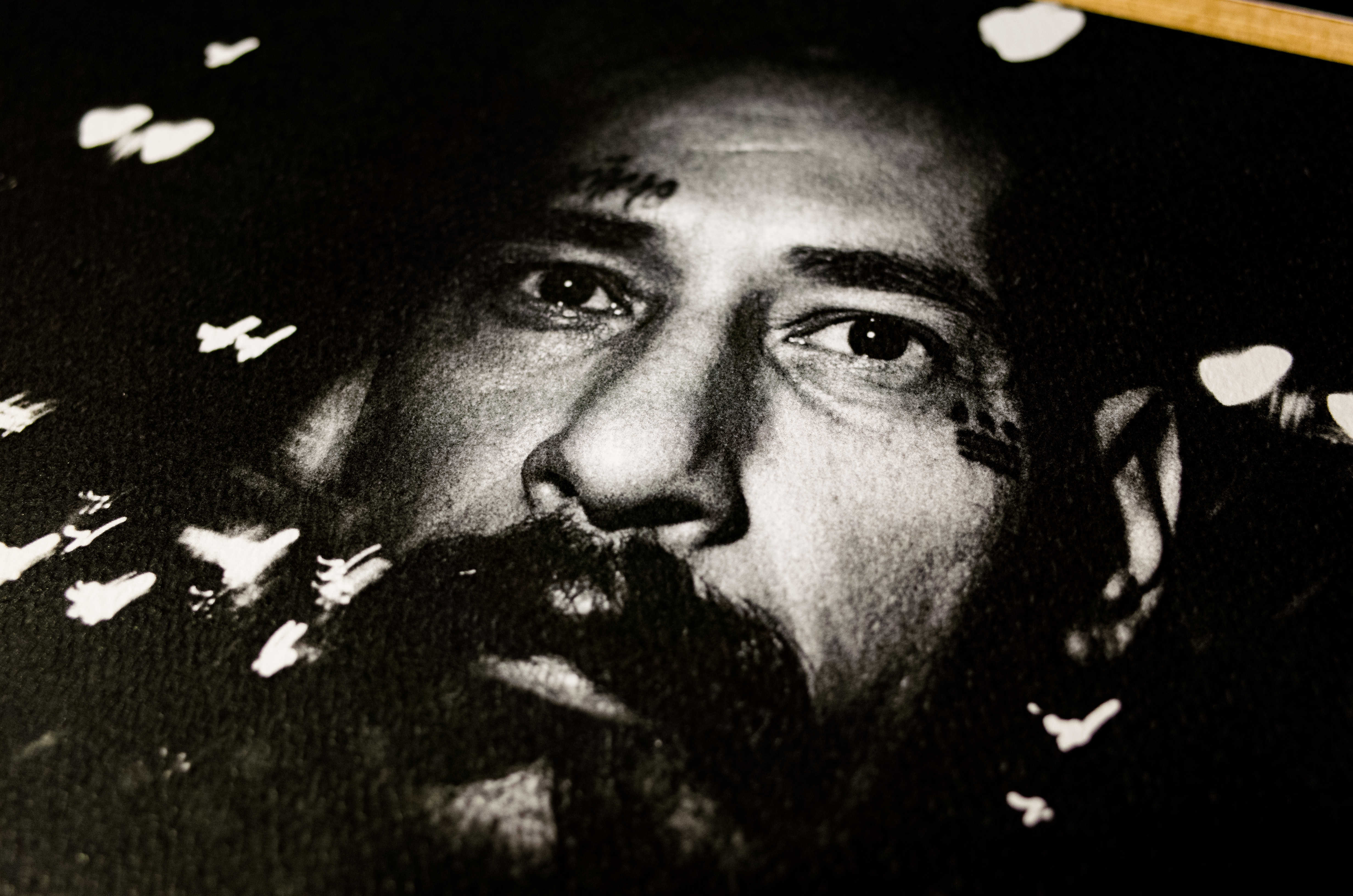
Cindy and I would love to share with you our latest creative collaboration: “The City of Angels” by Eric Kim, Haptic Press limited edition art portfolio.

Dear friend,
I wanted to write you this letter in terms of how to have unshakeable confidence in yourself. The problem that I see is that there are so many talented people in the world, yet their talents come short because they lack the confidence in themselves. They expect other people to believe in them— but if they don’t believe in themselves, how do they expect others to believe in them?

Keenan Rivals is a street photographer and blogger hailing from Detroit. I’ve been very impressed with his hustle, his passion, and dedication to street photography and the community. Learn more about Keenan and his creative process below:

You were put on this earth for a reason. You have a gift to share with the world. Whether that be your artistic skills, your interpersonal skills, or your idealism. Don’t hold back and waste your potential.
I genuinely believe that creativity isn’t something that is born within us — rather it is a skill we can cultivate. We can cultivate our creativity by “cross-pollinating” different fields of interests, by following our curiosities, and also by setting “creative restraints.” Know that no matter where you are, you can be creative– no matter what.

I once read some advice that Arnold Schwarzenegger’s dad gave him: “Be useful to others.†I think it is one of the best ways to find “success†in your life, and to contribute value to the rest of humankind.

Life is short and cruel if you don’t follow your dreams. It is easy to be stuck in the cubicle and work a job you hate for 40 years, to await retirement (that might never come), in the hope that “happiness†will happen in the future.
My suggestion: don’t give up on your crazy dreams you had when you were younger and in college. Stay hungry, stay foolish, and don’t give up on yourself.
In this video, I walk around with my GoPro mounted on top of my Ricoh GRII, and shoot a little street photography in Hanoi. I try to work on layers, and “working the scene”, and even taking some photos of people shooting selfies of themselves.
More videos to come!